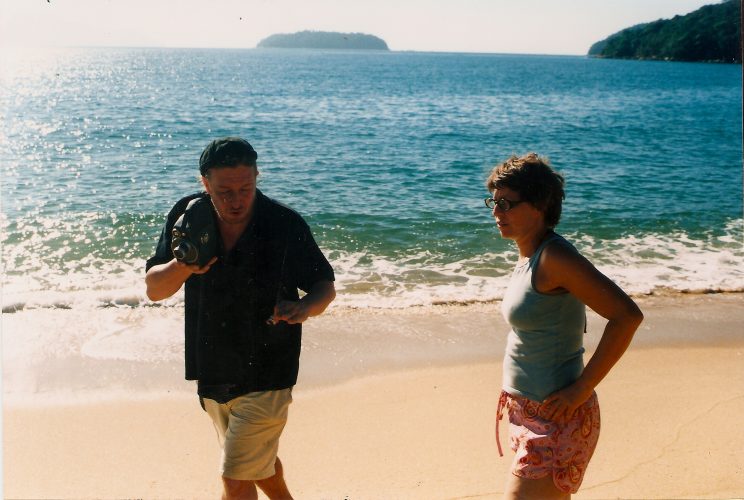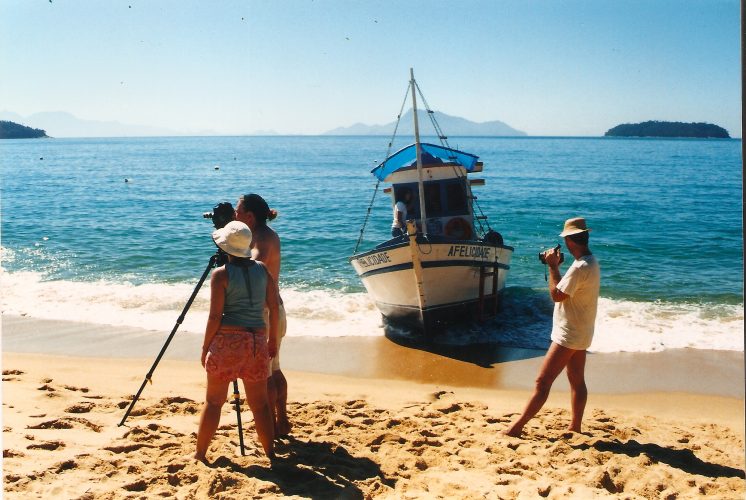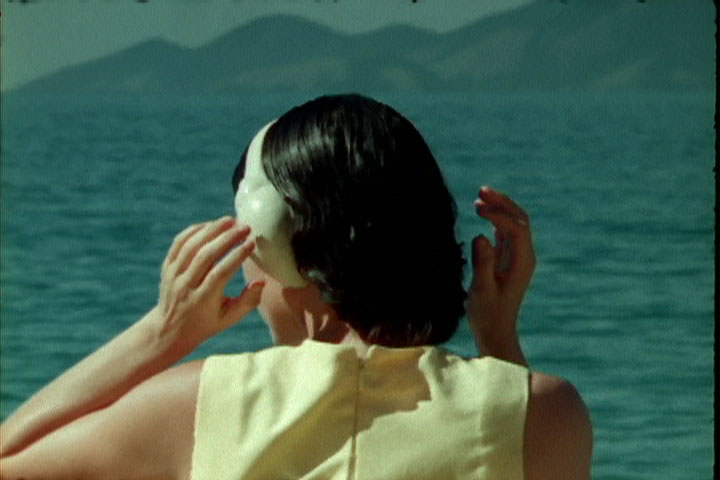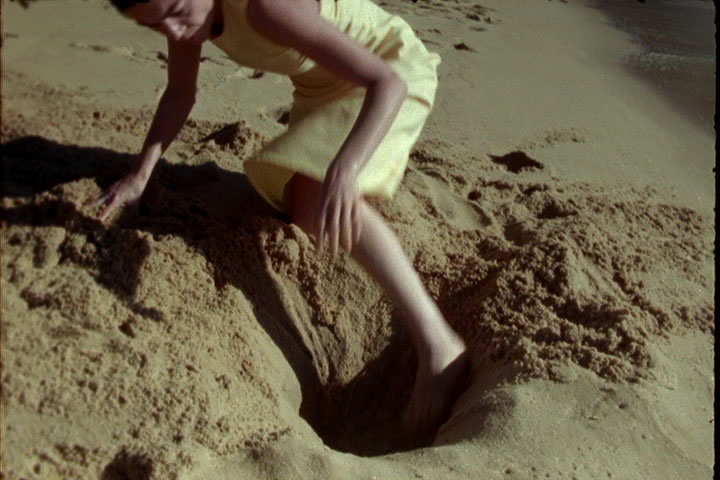Chelpa Ferro
Traplev / Roberto Moreira
Brigida Baltar
“Working with Capacete and Helmut Batista was a possibility to be envolved with an ideal project. When I say ideal, it is possible to produce with extension of pleasure, between light, informal meetings and with great creative potential. Sometimes we used to meet in the beach to solve things. I met Helmut as soon as he came to live in Rio de Janeiro in the late nineties and we were quickly establishing bridges of work, affection and friendship. In this way our project happened in 2004, a film that I called Maria Farinha Ghost Crab. This movie revolved around the personification of the sand crab known as a ghost. I invited the actress Lorena da Silva to act like the animal, running fugitively and digging incessant holes in the sand. Helmut invited Seppo Renvall to shoot, who had the equipment in 16mm and in that moment he was in residence at Capacete. Things were fitting together easily, and Helmut adjusted everything very well. We all went to Ilha Grande in Rio de Janeiro and worked intensily for a week with a small and vigorous team. I still remember the moody atmosphere during the filming, because Seppo did not speak Portuguese or English and I much less, Finnish, his nationality. This produced a long talk with hands everywhere. Still the project followed with drawings, sculptures, sound and a small publication. My eternal memory of Capacete is being in touch with a living organism that is always metamorphosing, creating rare contemporary situations and unexpected formats, always with joy.”
Seppo Renval
Dominique Gonzales-Foerster
[gview file=”http://capacete.org/wp-content/uploads/1998/05/CAPACETE20ANOS-PAGINAS-dominique.pdf”]









